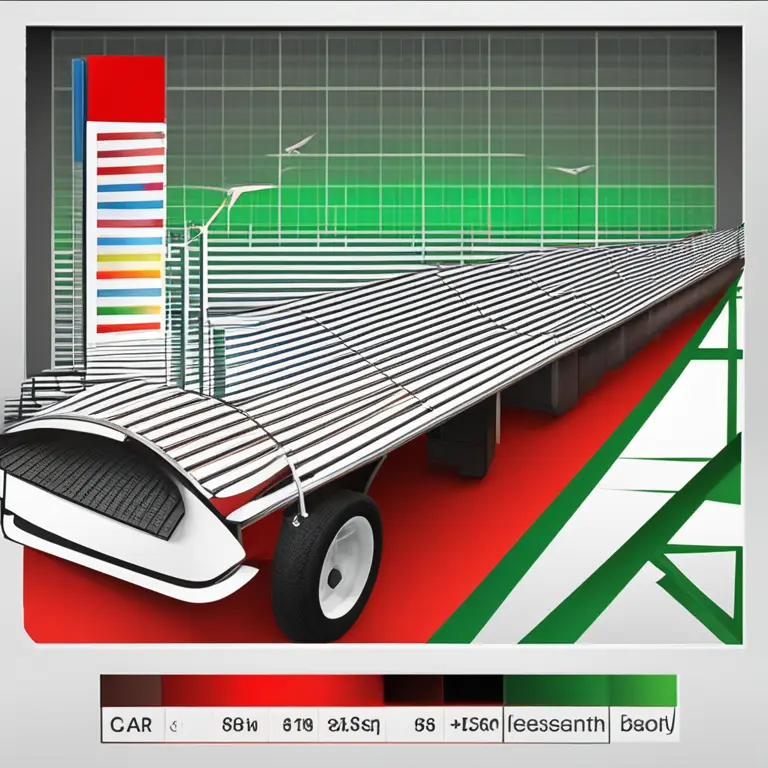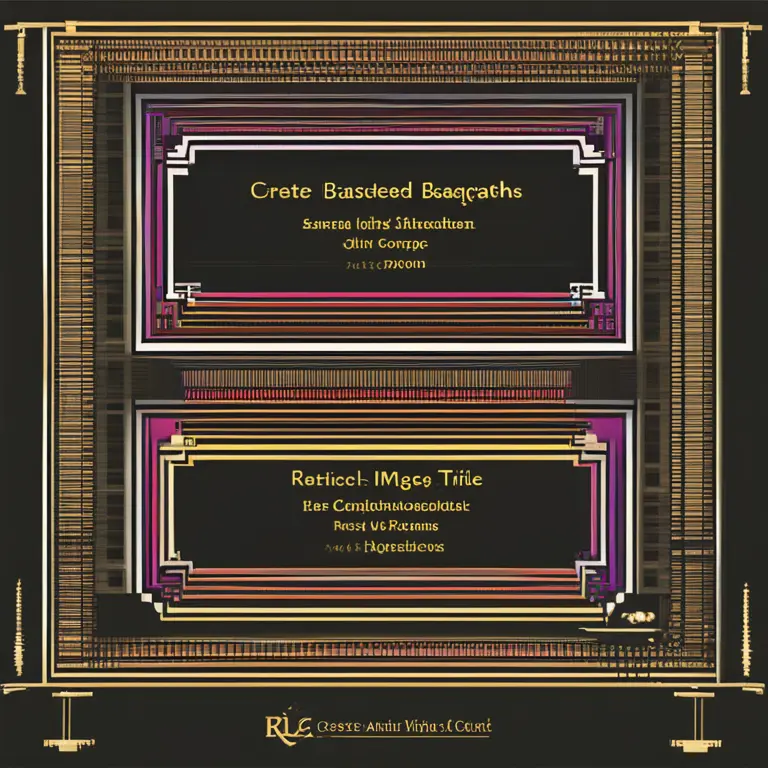
Unlock Beginner's Guide to Mindful Meditation
Embark on the journey of mindfulness through meditation with this beginner-friendly guide to creating a peaceful and aware mindset.
article by Hina Kurosawa
Starting with Mindfulness
Mindfulness is the practice of being present and fully engaged with whatever we are doing at the moment. For beginners, the concept of mindfulness could seem elusive, but meditation provides a pathway to understand and cultivate it. Starting this journey requires setting aside a dedicated time and space where interruptions are minimized. A quiet room with a comfortable place to sit or a cushion on the floor can serve as a sanctuary for your practice. It's important to establish a routine; even just five to ten minutes a day can make a significant difference in developing mindfulness.

Understanding the Basics
At its core, mindful meditation is about awareness and acceptance. To meditate mindfully, begin by focusing on something constant, such as your breath. Pay attention to the sensation of air entering and leaving your nostrils, or the rise and fall of your chest. Thoughts will inevitably intrude, but rather than wrestling with them, acknowledge their presence and gently guide your focus back to your breath. This practice helps in cultivating a gentle and non-judgmental attitude towards oneself.

The Role of Posture in Meditation
While your mind plays the central role in meditation, your body's posture can significantly impact the quality of your practice. Find a relaxed yet alert posture, whether seated on a chair or cross-legged on the floor. Keep your back upright, but not stiff, to allow for full breathing and prevent drowsiness. Your hands can rest gently on your lap or knees, and your eyes can be closed gently or remain slightly open, gazing downwards. A proper posture helps maintain focus and physical comfort during meditation.

Embracing the Mindfulness Journey
Mindfulness meditation is a practice, which implies that it's an ongoing journey rather than a destination. It is natural to have sessions where concentration is difficult, or you feel restless. During these times, it's important to remind yourself that these challenges are part of the process. Approach each meditation session without expectations and be willing to accept whatever experience arises. This open-mindedness is a key element of mindfulness.

Incorporating Mindfulness into Daily Life
Besides a dedicated meditation practice, mindfulness can be incorporated into daily activities. Once you are comfortable with meditation, try bringing mindfulness to simple tasks like eating, walking, or even listening to music. Observe the textures, flavors, sensations, and sounds without judgment. This not only enriches everyday experiences but also helps strengthen your mindfulness muscle, making it more accessible in times of stress or decision-making.
Tech and Apps for Mindfulness Support
In 2024, technology offers an array of tools to support your mindfulness practice. From apps that provide guided meditations to wearable devices that remind you to breathe or monitor stress levels, tech can be a valuable ally. However, it's crucial to use these aids wisely and not let them become a source of distraction. Select one or two that resonate with you and integrate them into your practice as helpful guides on your mindfulness journey.
Joining a Mindful Community
As you delve deeper into mindfulness, consider connecting with like-minded individuals. Communities, both virtual and in real life, provide spaces for sharing experiences and learning from others. They can also offer accountability and motivation to maintain your practice. Many online platforms and local groups hold regular meditation meetings, discussions, and workshops that can enrich your understanding and commitment to mindfulness.
Published: 1/18/2024
Modified: 1/18/2024
More predictions
Come back here soon to learn more about yourself and your future


Mindfulness Meditation: A Path to Lasting Happiness
Discover how mindfulness meditation can enhance your sense of wellbeing and lead you to a happier life in this insightful article.


The Connection Between Meditation & Mindfulness
Discover the relationship between meditation and mindfulness, and how these practices contribute to mental clarity and inner peace.


Mindful Teaching: Meditation Practices for Educators
Discover the benefits of mindfulness meditation for educators seeking balance, enhanced concentration, and emotional wellbeing in a demanding profession.